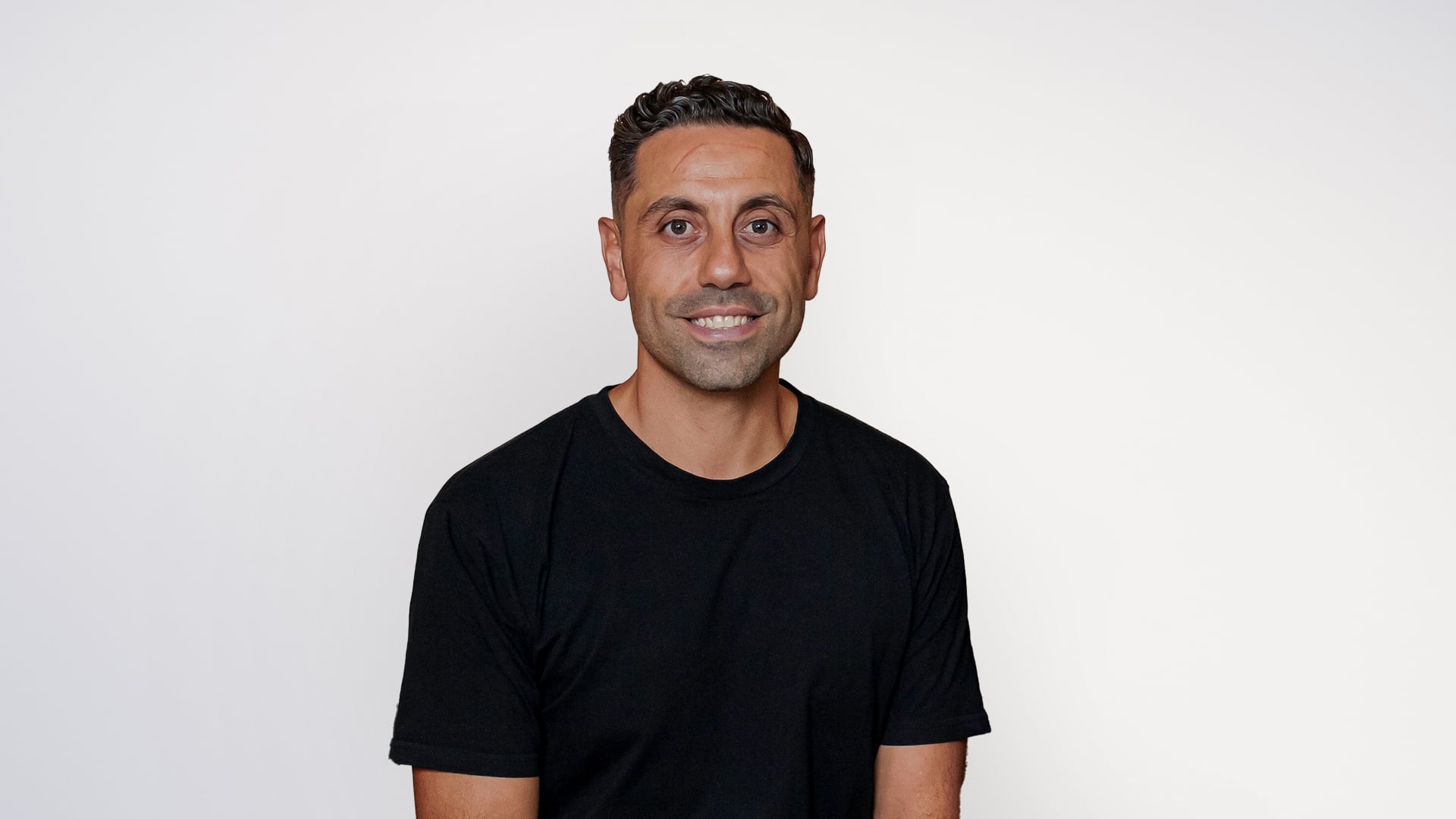By Mo Moubayed, CEO, Veridooh
The global out-of-home (OOH) market is moving towards the same digital future, finding new ways to reinvent itself constantly and engage audiences like no other medium can. See, for example, ‘bee bus stops’ that have been popping up in various countries transforming bus shelters into miniature gardens, adding value to the environment and improving city landscapes.
It’s here! Marcomms360 – Predictions 2023 is Campaign Middle East’s flagship annual event and a must-attend for anyone who wants to be prepared for the year ahead. The full-morning conference takes place on December 8 in Dubai. Book your tickets now before they sell out.
However, as someone who works across various markets, it’s easy to see how different regions are at different stages in their digital evolution. Each has its strengths that make them stand out on the global stage and challenges they need to get ahead of.
When it comes to the MENA region, several key trends immediately come to mind that make it one of the most interesting OOH markets to watch. Now that the worst of the pandemic is behind us, the region has the perfect environment to tap into its growth opportunities and thrive.
Many of these trends are already taking off in Dubai which is leading the way for the MENA region and, in some cases, the global market, showing us the sector’s potential.
1. OOH as an experience
All great OOH campaigns start with a great creative idea that understands its audience. The MENA region has shown us how to keep creativity at the centre of all campaigns even as you add in new technologies.
Adidas’ recent OOH campaign in Dubai is a recent example. Dubbed the first ‘liquid billboard’ in the world, the campaign created by Havas Middle East celebrates the brand’s launch of its inclusive swimwear collection. Installed at a public beach, the five-metre high and three-metre deep swimming pool invited women to dive in to help them feel more comfortable in public places. This blend of creativity and technology creates campaigns that people genuinely want to interact with.
Another campaign in Dubai that embraces interactivity is ‘Swings’ by McDonald’s. The campaign takes the iconic Golden Arches and reimagines them as swings across the city, allowing everyone to join in the fun. The campaign, created by Studio M and Publicis Groupe’s Leo Burnett, reminds people of the joy connected to the fast-food chain and invites them to experience it in a new way.
These two campaigns take OOH to new heights where billboards are not just messages to be consumed by audiences but activations that they can experience and share with their family and friends. I expect we’ll see this spread from Dubai throughout the MENA region and hopefully have many more OOH campaigns that bring joy to people’s daily lives.
2. 3D billboards become more accessible
3D billboards continue to capture people’s attention around the world. Once again, Dubai showed us just how captivating they can be with a Riot Games campaign split across two screens that interact with each other.
This type of innovation is putting the MENA region on the OOH map. With the investment that Gulf countries are putting into digitising their countries, we’ll see this accelerated across the entire MENA region. For example, Saudi Arabia has set up a wealth fund to invest in five Middle East countries across several sectors, including tech. Whether or not they target the OOH industry, this attitude towards innovation will encourage the sector’s digital transformation.
3. Sustainability at all stages in OOH
Businesses across the global OOH sector have been working hard to ensure they positively impact the environment, and the MENA region is no different.
We’re seeing a push towards sustainability becoming the focal part of a brand’s campaign. For example, Adidas’ ‘3D wave’ encourages people to run to help clean up plastic pollution in the ocean. Behind the scenes, media owners are also taking action with their own initiatives. For example, JCDecaux Africa has supported several organisations based on the Sustainable Development Goals set by the United Nations General Assembly.
These trends will no doubt accelerate as the MENA region’s OOH sector continues its digital transformation journey. In the UAE, just 11 per cent of the overall OOH spend is represented by digital, according to Ipsos. This is compared to other regions, such as Australia, which is as high as 62 per cent. But right across the region, we’re seeing this shift, which will no doubt pick up post-COVID. For example, Pikasso, one of the leading OOH media owners in the region, with billboards in countries such as Lebanon, Iraq, Jordan, Algeria, Mali and Armenia, last year launched the first Augmented Reality OOH campaign in the MENA region for Samsung. In October last year, we also saw the first programmatic DOOH campaign in North Africa.










